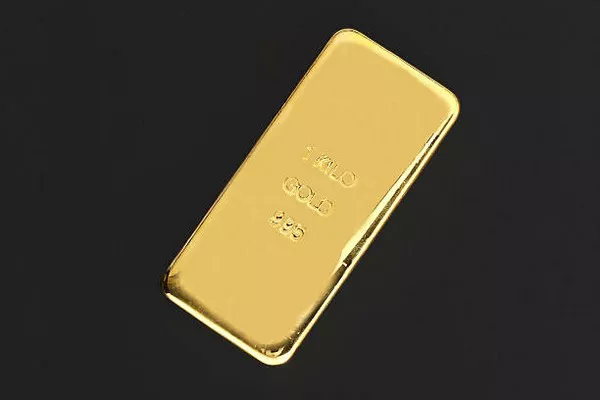Gold has been cherished for its beauty and value for centuries, making it one of the most sought-after precious metals in the world. Its weight and purity are crucial factors in determining its worth. When discussing the weight of gold, the term “carat” often arises, but what exactly does it mean? This article delves into the intricacies of the relationship between carats and grams in the context of gold.
The Origin of Carat Measurement:
The term “carat” originated from the carob seed, which was historically used as a counterweight in balance scales due to its relatively uniform weight. Over time, this unit of measurement became standardized, with one carat equaling 200 milligrams or 0.2 grams. Carat weight is commonly associated with gemstones like diamonds, where it signifies the stone’s mass, but it’s also used in the context of gold.
Understanding Gold’s Purity:
Gold is a naturally occurring element with a chemical symbol Au and atomic number 79. In its purest form, gold is too soft for most practical uses, so it is often alloyed with other metals to increase its strength and durability. The purity of gold is measured in karats (not to be confused with carats), which indicates the ratio of pure gold to other metals in a piece of gold jewelry or bullion.
Pure gold is defined as 24 karats, but it is rare to find gold in this form due to its softness. Therefore, gold is typically alloyed with metals like silver, copper, or zinc to create jewelry and other items. For example, 18 karat gold consists of 18 parts gold and 6 parts of another metal, making it 75% pure gold.
The Relationship Between Carats and Grams in Gold:
When discussing the weight of gold, especially in jewelry, the term “carat” is often used interchangeably with “karat.” However, it’s essential to distinguish between the two. As mentioned earlier, carat refers to the weight of a gemstone, while karat denotes the purity of gold.
In the context of gold, one carat is equal to 0.2 grams. Therefore, to determine the weight of gold in grams, you would multiply the number of carats by 0.2. For example, a piece of gold jewelry weighing 5 carats would be equivalent to 1 gram (5 carats x 0.2 grams = 1 gram).
It’s important to note that this conversion applies specifically to the weight of the gold itself and not the total weight of the jewelry piece, which may include other materials like gemstones or additional metals.
Calculating Gold Weight in Different Units:
While carats and grams are commonly used units of measurement for gold, other units may also be encountered, depending on regional preferences or industry standards. Some of these units include ounces, troy ounces, and pennyweights.
Ounces: One ounce (oz) is equivalent to approximately 28.35 grams or 141.75 carats. This unit is commonly used in the United States and other countries that follow the imperial system of measurement.
Troy Ounces: The troy ounce (ozt) is a unit of measurement commonly used in the precious metals industry, especially for gold and silver. One troy ounce is equivalent to approximately 31.10 grams or 155.5 carats.
Pennyweights: Pennyweight (dwt) is another unit of measurement used in the jewelry industry, especially in the United States. One pennyweight is equivalent to approximately 1.555 grams or 7.775 carats.
When buying or selling gold, it’s essential to be aware of these different units of measurement and their respective conversions to ensure accurate transactions.
See Also How Can You Tell If 14 Karat Gold Is Real
Conclusion:
Understanding the relationship between carats and grams in gold is essential for anyone involved in the jewelry industry or interested in buying or selling gold. While carat traditionally refers to the weight of gemstones, it is also used to describe the weight of gold in some contexts. By knowing that one carat is equivalent to 0.2 grams, individuals can accurately assess the weight and value of gold items based on their carat measurements. Additionally, being familiar with other units of measurement for gold, such as ounces, troy ounces, and pennyweights, allows for seamless communication and transactions within the precious metals market.


